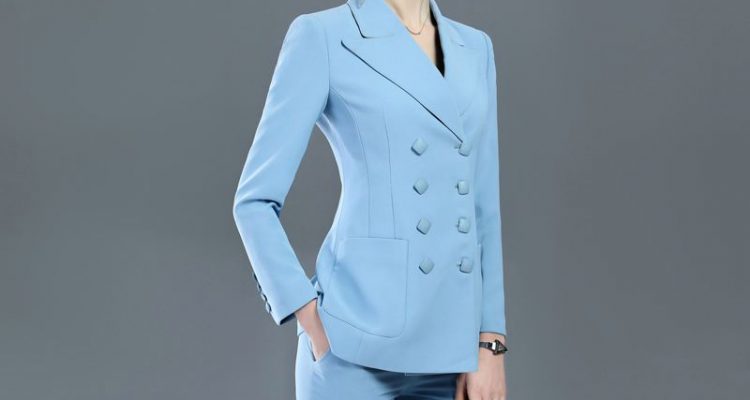Introduction
In today’s professional world, workplace dress guidelines play a crucial role in shaping one’s professional image and influencing perceptions. This article aims to provide a comprehensive guide to workplace dress guidelines and professional image building. By understanding the importance of dressing appropriately for the workplace and leveraging fashion to enhance your professional image, you can project confidence, credibility, and competence. Join us as we explore various industries’ expectations, share examples of effective professional attire, and provide practical tips for building a successful professional image.
1. Understanding Workplace Dress Guidelines
1.1 Industry Standards
Different industries have varying norms and expectations when it comes to workplace attire. While creative fields may embrace more casual and expressive styles, corporate environments tend to favor conservative and formal dressing. Research and understand the dress code specific to your industry or organization to ensure compliance and appropriate representation.
1.2 Company Policies
Many organizations establish specific dress codes to maintain professionalism and align with their brand image. Familiarize yourself with your company’s dress code policies, whether they are business formal, business casual, or have any specific requirements like uniforms or protective gear.
1.3 Professionalism vs. Individuality
While adhering to workplace dress guidelines is vital, it’s also essential to balance professionalism with individuality. Incorporating personal style within the boundaries of the dress code allows you to express your personality while maintaining a polished appearance.
2. Dressing for Success: Examples of Professional Attire
2.1 Business Formal Environments
In traditional corporate settings, business formal attire is expected. Examples include tailored suits, crisp button-down shirts, conservative neckties, blazers, and closed-toe dress shoes. Women can opt for tailored dresses, suits, or skirts paired with blouses and closed-toe heels. Avoid excessive patterns, bold colors, and accessories that may distract from a polished and professional look.
2.2 Business Casual Environments
Business casual environments offer more flexibility while still requiring a professional appearance. Men can opt for tailored trousers, collared shirts, blazers, loafers, or dress shoes. Women can choose from dresses, skirts, blouses, tailored pants, and closed-toe heels or flats. While the dress code allows for more creativity, it is crucial to maintain a polished and put-together look.
2.3 Creative and Casual Environments
Industries such as design, advertising, and tech often have more relaxed dress codes. However, it’s important not to confuse casual with sloppy attire. Opt for well-fitted jeans, chinos, stylish tops, blazers, smart sneakers, or loafers to showcase your fashion-forward yet professional style. Avoid overly casual items like flip-flops, graphic tees, or ripped jeans unless explicitly allowed.
3. Building a Professional Image
3.1 Grooming and Hygiene
Regardless of the workplace dress code, proper grooming and personal hygiene are essential. Maintain a clean and well-groomed appearance through regular haircuts, trimmed facial hair, manicured nails, and fresh breath. Good grooming habits demonstrate attention to detail and professionalism.
3.2 Fit and Proportions
Ensuring proper fit and proportions is crucial for a polished and professional look. Ill-fitting clothes can give off an unprofessional image. Invest in tailored garments that flatter your body type, and pay attention to sleeve lengths, trouser breaks, and jacket fits.
3.3 Attention to Details
Paying attention to details elevates your professional image. Ironed and wrinkle-free clothing, polished shoes, and well-maintained accessories contribute to a refined appearance. Additionally, consider the appropriateness of accessories such as ties, belts, watches, and jewelry, ensuring they complement your overall look.
Conclusion
Workplace dress guidelines and professional image building go hand in hand when it comes to projecting a credible and competent persona. By understanding industry expectations, adhering to company policies, and incorporating your personal style within appropriate boundaries, you can successfully navigate workplace attire. Examples of professional attire in various environments provide practical guidance, while grooming, proper fit, and attention to details contribute to a polished image. Remember, your professional image is a reflection of your competence and dedication, so invest time and effort into cultivating it. With these guidelines in mind, step into the professional world confidently, leaving a lasting positive impression on colleagues, clients, and superiors alike.


Leave a Reply